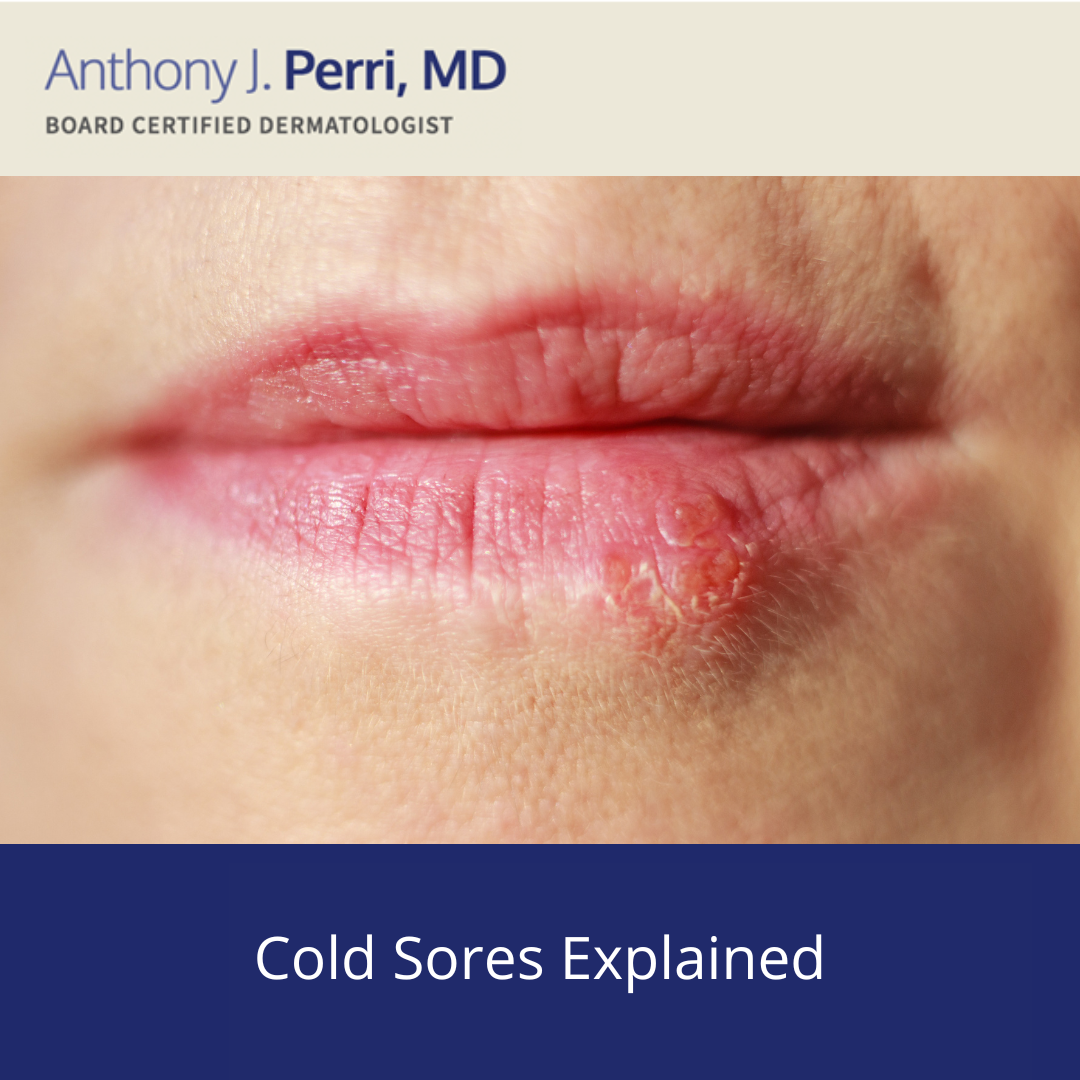Congenital Nevi are very common melanocytic nevi that I encounter daily in both my The Woodlands dermatology and Conroe dermatology offices. Congenital Nevi are melanocytic nevi that are present at birth, thus many patients refer to them as “birthmarks.” They are divided into three categories depending on their size: Small Congenital Nevus, Medium Congenital Nevus, and Giant Pigmented Nevus. Small Congenital Nevi are those with a diameter under 2 cm and Medium Congenital Nevi range from 2 – 20cm in size. 1% of all newborns have a Small or Medium Congenital Nevus and approximately half of these nevi will develop hair throughout the lesion. The rate of melanoma in both Small and Medium Congenital Nevi is very low and is very similar to that of regular nevi. The majority of melanomas that do arise in these Small and Medium Congenital Nevi occur after puberty. Thus, they are clinically observed for changes like other non-congenital nevi. Giant Pigmented Nevi are very large with diameters over 20cm and are most commonly found on the chest, back and abdomen. They are also called Bathing Trunk Nevi as they encompass such a large body surface area. The risk of melanoma is much higher in a Giant Pigmented Nevus, approaching 15% and the majority of the melanomas occur in childhood. The risk of melanoma in a Giant Pigmented Nevus is greatest for those along the axial plane of the body and is increased when the nevus has many satellite nevi around the main nevus. Another complication with a Giant Pigmented Nevus is a condition called neurocutaneous melanosis (NCM) in which melanocytes infiltrate the central nervous system leading to neurological sequelae as well as leptomeningeal melanoma. Treatment of a Giant Pigmented Nevus is patient dependent and complete excision is very difficult due to the size of these lesions. Additionally, superficial destruction of these Giant Pigmented Nevi is not recommended as most of the melanomas arise deep within the nevus. Lifelong surveillance of these lesions by a board certified dermatologist is necessary.
September 3, 2015

Medically reviewed by Anthony J. Perri, M.D.
You May Also Like



Request a Consultation (Sidebar)
Recent Posts
Categories
- Uncategorized (568)
Tags
acne (5)
acne treatment (2)
acne vulgaris (2)
biopsy (2)
Coldsores (1)
cold urticaria (1)
common skin conditions (11)
dermatologist (12)
dermatology (3)
dr. perri (8)
eczema (2)
filiform (1)
flat (1)
health (1)
Herpes (1)
herpessimplex (1)
hives (2)
indentification (1)
keratosis pilaris (1)
moles (2)
periungual (1)
perri dermatology (10)
plane (1)
plantar (1)
prevention (2)
rashes (2)
rosacea (3)
rosacea therapy (2)
seborrheic keratoses (1)
skin cancer (3)
skin care (1)
skin checks (7)
skin condition (6)
skin conditions (8)
skin damage (2)
skin exam (6)
skin therapy (1)
summertime (3)
sunburn (3)
sunburns (2)
sunscreen (2)
virus (1)
warts (2)
why perri dermatology (3)
woodlands dermatologist (6)
